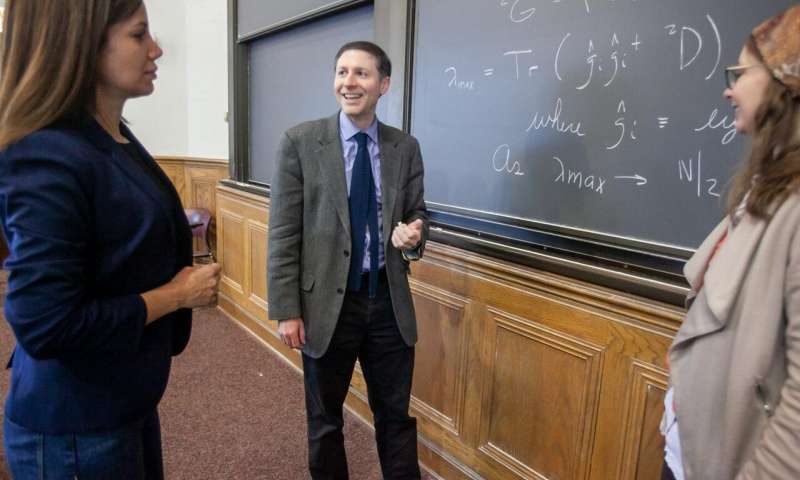What might happen after the Cybernetic Singularity? Can we refine our theological philosophies in light of new evidence? Are we alone in the Universe? Can you achieve Cybernetic Immortality? When and how can we transcend the human condition? These are some of the questions addressed in my new book THEOGENESIS: Transdimensional Propagation & Universal Expansion. This awe-inspiring volume is to be released on October 1 2021 as part of The Cybernetic Theory of Mind series and is available now to pre-order on Amazon. #THEOGENESIS #TransdimensionalPropagation #UniversalExpansion #CyberneticTheoryofMind #cybernetics #theology #futurism #posthumanism
Ecstadelic Media Group announces the release of the next book in The Cybernetic Theory of Mind series by Alex M. Vikoulov ― THEOGENESIS: Transdimensional Propagation & Universal Expansion ― available as a Kindle eBook on Amazon.





